On January 1, 2010, the China-ASEAN Free Trade Area was fully launched. According to the "Agreement on Trade in Goods under the Framework Agreement on Comprehensive Economic Cooperation between China and ASEAN", all animal and plant products currently imported by ASEAN countries have achieved zero tariffs. Most products in agrochemicals, oleochemicals, phosphorus chemicals, rubber products, plastic products and mineral products must achieve zero tariffs or different levels of tariff preferences. The impact of the China-ASEAN free trade zone on the chemical industry began to become prominent.
The development of China-ASEAN relations can be traced back to the early 1990s. After the outbreak of the Asian financial crisis in 1998, Asian countries more and more clearly realized that excessive dependence on European and American markets and investment was one of the root causes of the crisis. Only by strengthening intra-regional cooperation to enhance the collective resilience can we minimize risk and crisis. In November 2002, China and ASEAN signed a framework agreement on comprehensive economic cooperation and jointly initiated the construction of the free trade zone. China plans to complete the China-ASEAN Free Trade Area by 2010. On November 29, 2004, the first China-ASEAN Expo was successfully held. Shortly afterwards, China and ASEAN members signed the Agreement on Trade in Goods of the China-ASEAN Comprehensive Economic Cooperation Framework Agreement in Vientiane, Laos. The construction of the China-ASEAN Free Trade Area entered a phase of comprehensive start-up. The agreement stipulates that from July 1, 2005, the "China-ASEAN Accord" will be formally implemented, and 7,000 kinds of products originating in China and ASEAN will be given preferential tariff treatment to each other. The two sides also plan to officially complete and start the China-ASEAN Free Trade Area on January 1, 2010. At that time, tariffs for most products of China and ASEAN’s oldest members, Brunei, Indonesia, Malaysia, Myanmar, Singapore, and Thailand, will drop to zero. The four new member states of China and ASEAN, Cambodia, Laos, Myanmar, and Vietnam will implement zero tariffs in 2015. Xu Ningning, the Chinese Permanent Secretary General of the China-ASEAN Business Council, pointed out that after the completion of the China-ASEAN Free Trade Area, China’s exports to ASEAN will increase by 10.6 billion U.S. dollars, and ASEAN’s exports to China will increase by about 13 billion U.S. dollars.
In the process of building China-ASEAN Free Trade Area, the import and export of chemical products has become more and more active. The successful establishment of the China-ASEAN Free Trade Area fully reflects the comparative advantages of ASEAN countries’ export products. In terms of chemical raw materials, agricultural and mineral products, and energy, ASEAN has a greater comparative advantage than China. In addition, as a large market with a population of 1.3 billion, China also provides a broad market space and favorable opportunities for the export of ASEAN products, chemical raw materials in Malaysia and Singapore, oil and gas in Indonesia, Brunei, and mineral raw materials in Vietnam and Singapore. The comparative advantages of bio-energy raw materials in Vietnam, Laos, and Myanmar are fully reflected.
The statistics of the General Administration of Customs also confirmed this point. In the past five years, chemical products have become important goods for trade between China and ASEAN countries. From the point of view of Guangxi ports, the average annual trade volume accounts for about 30% of the bilateral trade in goods. At present, China mainly imports the primary shape plastics, crude oil, refined oil, natural rubber and other chemical products from ASEAN, and the chemical products imported by ASEAN countries from China are mainly chemical fertilizers, plastics and rubber products, pesticides, ethanol, phosphoric acid, and coke.
People in the chemical industry generally believe that after the completion of the China-ASEAN Free Trade Area, the complementary advantages of the two chemical industries will be highlighted. Take the fertilizer with a large trade volume as an example. Most of the ASEAN countries are agricultural countries and have a large demand for chemical fertilizers. It is understood that Vietnam's potash fertilizer and diammonium phosphate are all dependent on imports, and urea needs to import about 1 million tons per year; 80% of raw materials for the production of pesticides and various types of active substances are imported. These products are mainly imported from China. Liu Jianwen, deputy director of the Institute of Southeast Asian Studies of Guangxi Academy of Social Sciences, told reporters: “The production costs of chemical fertilizers in ASEAN countries are high and production capacity is insufficient. In recent years, China's chemical fertilizer industry has developed steadily, and production has increased year by year. In 2009, the national fertilizer production is expected to exceed 58 million tons. China is a large producer and exporter of chemical fertilizers, and there is a serious overcapacity of nitrogenous fertilizers and phosphate fertilizers, especially given the current severe situation in fertilizer exports, China-ASEAN Free Trade Area has provided a new and broader market space for China's fertilizer exports." Zhang Xiaozhong, vice president of the China Inorganic Salt Industry Association, said: “After the China-ASEAN Free Trade Area is fully launched, China imports more energy products such as crude oil, refined oil, plastic raw materials, natural rubber, iron ore, and coal from ASEAN. , can effectively solve the plight of China's lack of productive raw materials and energy gap."
According to the Comprehensive Economic Cooperation Framework Agreement signed by China and ASEAN, from January 1, 2010, there will be more than 90% of 6 old members of China and ASEAN, namely Brunei, Indonesia, Malaysia, Philippines, Thailand, and Singapore. With zero tariff on products, China’s average tariff on ASEAN will be reduced from 9.8% to 0.1%; the average tariff of China’s six old members on China will be reduced from 12.8% to 0.6%. The four new members of ASEAN, namely Vietnam, Laos, Cambodia and Myanmar, will achieve a 90% zero tariff target by 2015.
Regarding such a large-scale and drastic reduction in tariffs, some people have compared the import and export trade between China and ASEAN as "The Chinese are doing business in ASEAN countries just as they are doing business in China." Vice President of Guangxi Academy of Social Sciences Komatsu said: “The China-ASEAN Free Trade Area has implemented the policy of loose inner tightness, that is, after the completion of the China-ASEAN Free Trade Area, the two sides established preferential policies that are superior to the WTO, while the countries outside the region follow the principle of the WTO. We can't enjoy preferential policies in the free trade zone.†When Chinese people come to ASEAN countries to do business, they can enjoy national treatment, and they have fewer checkpoints. If they can enter the MFN clause, they can also enjoy some special preferential policies.
After the completion of the China-ASEAN Free Trade Area on January 1, 2010, among the 7,000 zero-tariff products, there are nearly 2,000 products closely related to chemical products and chemicals, of which plastic products are the ones with the most zero tariffs. one. According to Liao Authentician of the China Plastics Processing Industry Association, China and ASEAN are basically in the upstream and downstream stages of the plastics industry, and the plastics trade complement each other. China's plastic products imported from ASEAN are mostly raw materials such as polyethylene, polypropylene, and polystyrene in the primary shape, while China's exports to ASEAN are mainly plastic products. In 2009, China's largest exports of plastics to ASEAN and its products were unlisted plastic products. Followed by plastic tableware and kitchen utensils, plastic plates, films, films, foils, etc., as well as plastic sculptures and other decorations, plastic other household appliances and toiletries. The export volume of the above several products together accounted for 35.3% of the total export volume of China's plastic products. After the trade tariff with ASEAN is reduced to zero, the import and export trade of plastics will be smoother.
Data link:
"Certificate of origin" into a key to the tariff bonus
Which products can get zero tariff? The “2010 Tariff Implementation Plan†promulgated by the General Administration of Customs on December 30, 2009 has in fact been disclosed and can be accessed on the official websites of the Chinese Government Network, the Ministry of Finance and the General Administration of Customs.
However, it is not easy for import and export companies to enjoy zero-tariff dividends. The key is to obtain a "certificate of origin" for the goods. The Certificate of Origin, referred to as Certificate of Origin, is the "economic nationality" and "passport" for the entry of goods into international trade. Holding a GSP certificate can enjoy a more favorable tariff concession than the most favored nation tax rate, so that the corresponding product can obtain price advantage.
According to the interpretation of the General Administration of Customs, the requirements of the regional value components of the China-ASEAN FTA Rules are that the proportion of products originating in the China-ASEAN Free Trade Area accounts for not less than 40% of their total value; The total value of materials, parts or products in non-free trade zones does not exceed 60% of the FOB produced or obtained, and the final production process is completed in ASEAN countries.
In the preferential rules of origin, the consignor and consignor submitting the certificate of origin is the basic requirement for declaration, that is, the import and export goods must be submitted to the originating institution and issued by the designated institution, and declare that the preferential tax rate under the corresponding agreement shall be applied; otherwise, the corresponding Tax benefits. In China, the certificate of origin is generally issued by the Entry-Exit Inspection and Quarantine Bureau.
2,Product Photos
The development of China-ASEAN relations can be traced back to the early 1990s. After the outbreak of the Asian financial crisis in 1998, Asian countries more and more clearly realized that excessive dependence on European and American markets and investment was one of the root causes of the crisis. Only by strengthening intra-regional cooperation to enhance the collective resilience can we minimize risk and crisis. In November 2002, China and ASEAN signed a framework agreement on comprehensive economic cooperation and jointly initiated the construction of the free trade zone. China plans to complete the China-ASEAN Free Trade Area by 2010. On November 29, 2004, the first China-ASEAN Expo was successfully held. Shortly afterwards, China and ASEAN members signed the Agreement on Trade in Goods of the China-ASEAN Comprehensive Economic Cooperation Framework Agreement in Vientiane, Laos. The construction of the China-ASEAN Free Trade Area entered a phase of comprehensive start-up. The agreement stipulates that from July 1, 2005, the "China-ASEAN Accord" will be formally implemented, and 7,000 kinds of products originating in China and ASEAN will be given preferential tariff treatment to each other. The two sides also plan to officially complete and start the China-ASEAN Free Trade Area on January 1, 2010. At that time, tariffs for most products of China and ASEAN’s oldest members, Brunei, Indonesia, Malaysia, Myanmar, Singapore, and Thailand, will drop to zero. The four new member states of China and ASEAN, Cambodia, Laos, Myanmar, and Vietnam will implement zero tariffs in 2015. Xu Ningning, the Chinese Permanent Secretary General of the China-ASEAN Business Council, pointed out that after the completion of the China-ASEAN Free Trade Area, China’s exports to ASEAN will increase by 10.6 billion U.S. dollars, and ASEAN’s exports to China will increase by about 13 billion U.S. dollars.
In the process of building China-ASEAN Free Trade Area, the import and export of chemical products has become more and more active. The successful establishment of the China-ASEAN Free Trade Area fully reflects the comparative advantages of ASEAN countries’ export products. In terms of chemical raw materials, agricultural and mineral products, and energy, ASEAN has a greater comparative advantage than China. In addition, as a large market with a population of 1.3 billion, China also provides a broad market space and favorable opportunities for the export of ASEAN products, chemical raw materials in Malaysia and Singapore, oil and gas in Indonesia, Brunei, and mineral raw materials in Vietnam and Singapore. The comparative advantages of bio-energy raw materials in Vietnam, Laos, and Myanmar are fully reflected.
The statistics of the General Administration of Customs also confirmed this point. In the past five years, chemical products have become important goods for trade between China and ASEAN countries. From the point of view of Guangxi ports, the average annual trade volume accounts for about 30% of the bilateral trade in goods. At present, China mainly imports the primary shape plastics, crude oil, refined oil, natural rubber and other chemical products from ASEAN, and the chemical products imported by ASEAN countries from China are mainly chemical fertilizers, plastics and rubber products, pesticides, ethanol, phosphoric acid, and coke.
People in the chemical industry generally believe that after the completion of the China-ASEAN Free Trade Area, the complementary advantages of the two chemical industries will be highlighted. Take the fertilizer with a large trade volume as an example. Most of the ASEAN countries are agricultural countries and have a large demand for chemical fertilizers. It is understood that Vietnam's potash fertilizer and diammonium phosphate are all dependent on imports, and urea needs to import about 1 million tons per year; 80% of raw materials for the production of pesticides and various types of active substances are imported. These products are mainly imported from China. Liu Jianwen, deputy director of the Institute of Southeast Asian Studies of Guangxi Academy of Social Sciences, told reporters: “The production costs of chemical fertilizers in ASEAN countries are high and production capacity is insufficient. In recent years, China's chemical fertilizer industry has developed steadily, and production has increased year by year. In 2009, the national fertilizer production is expected to exceed 58 million tons. China is a large producer and exporter of chemical fertilizers, and there is a serious overcapacity of nitrogenous fertilizers and phosphate fertilizers, especially given the current severe situation in fertilizer exports, China-ASEAN Free Trade Area has provided a new and broader market space for China's fertilizer exports." Zhang Xiaozhong, vice president of the China Inorganic Salt Industry Association, said: “After the China-ASEAN Free Trade Area is fully launched, China imports more energy products such as crude oil, refined oil, plastic raw materials, natural rubber, iron ore, and coal from ASEAN. , can effectively solve the plight of China's lack of productive raw materials and energy gap."
According to the Comprehensive Economic Cooperation Framework Agreement signed by China and ASEAN, from January 1, 2010, there will be more than 90% of 6 old members of China and ASEAN, namely Brunei, Indonesia, Malaysia, Philippines, Thailand, and Singapore. With zero tariff on products, China’s average tariff on ASEAN will be reduced from 9.8% to 0.1%; the average tariff of China’s six old members on China will be reduced from 12.8% to 0.6%. The four new members of ASEAN, namely Vietnam, Laos, Cambodia and Myanmar, will achieve a 90% zero tariff target by 2015.
Regarding such a large-scale and drastic reduction in tariffs, some people have compared the import and export trade between China and ASEAN as "The Chinese are doing business in ASEAN countries just as they are doing business in China." Vice President of Guangxi Academy of Social Sciences Komatsu said: “The China-ASEAN Free Trade Area has implemented the policy of loose inner tightness, that is, after the completion of the China-ASEAN Free Trade Area, the two sides established preferential policies that are superior to the WTO, while the countries outside the region follow the principle of the WTO. We can't enjoy preferential policies in the free trade zone.†When Chinese people come to ASEAN countries to do business, they can enjoy national treatment, and they have fewer checkpoints. If they can enter the MFN clause, they can also enjoy some special preferential policies.
After the completion of the China-ASEAN Free Trade Area on January 1, 2010, among the 7,000 zero-tariff products, there are nearly 2,000 products closely related to chemical products and chemicals, of which plastic products are the ones with the most zero tariffs. one. According to Liao Authentician of the China Plastics Processing Industry Association, China and ASEAN are basically in the upstream and downstream stages of the plastics industry, and the plastics trade complement each other. China's plastic products imported from ASEAN are mostly raw materials such as polyethylene, polypropylene, and polystyrene in the primary shape, while China's exports to ASEAN are mainly plastic products. In 2009, China's largest exports of plastics to ASEAN and its products were unlisted plastic products. Followed by plastic tableware and kitchen utensils, plastic plates, films, films, foils, etc., as well as plastic sculptures and other decorations, plastic other household appliances and toiletries. The export volume of the above several products together accounted for 35.3% of the total export volume of China's plastic products. After the trade tariff with ASEAN is reduced to zero, the import and export trade of plastics will be smoother.
Data link:
"Certificate of origin" into a key to the tariff bonus
Which products can get zero tariff? The “2010 Tariff Implementation Plan†promulgated by the General Administration of Customs on December 30, 2009 has in fact been disclosed and can be accessed on the official websites of the Chinese Government Network, the Ministry of Finance and the General Administration of Customs.
However, it is not easy for import and export companies to enjoy zero-tariff dividends. The key is to obtain a "certificate of origin" for the goods. The Certificate of Origin, referred to as Certificate of Origin, is the "economic nationality" and "passport" for the entry of goods into international trade. Holding a GSP certificate can enjoy a more favorable tariff concession than the most favored nation tax rate, so that the corresponding product can obtain price advantage.
According to the interpretation of the General Administration of Customs, the requirements of the regional value components of the China-ASEAN FTA Rules are that the proportion of products originating in the China-ASEAN Free Trade Area accounts for not less than 40% of their total value; The total value of materials, parts or products in non-free trade zones does not exceed 60% of the FOB produced or obtained, and the final production process is completed in ASEAN countries.
In the preferential rules of origin, the consignor and consignor submitting the certificate of origin is the basic requirement for declaration, that is, the import and export goods must be submitted to the originating institution and issued by the designated institution, and declare that the preferential tax rate under the corresponding agreement shall be applied; otherwise, the corresponding Tax benefits. In China, the certificate of origin is generally issued by the Entry-Exit Inspection and Quarantine Bureau.
Concrete Pump Rubber Delivery Cylinder
Concrete Pump Rubber Delivery Cylinder is a part working in delivery cylinder,the concrete pump piston is made by rubber , nylon.
We could supply piston for putzmeister , Zoomlion , sany , schwing , ihi , cifa ,etc...
1,Product Introduction
| Part No. | Name | Brand | Description |
| 1 | Piston Ram | Putzmeister | DN200 , Dn230 |
| 2 | Piston Seal | Putzmeister | DN200 |
| 3 | Piston Ram | Schwing |
DN200 , Dn230 , DN260 |
| 4 | Piston Seal | Zoomlion |
DN200 , Dn230 |
| 5 |
Piston Seal |
Sany |
DN200 , Dn230 , DN260 |
| 6 |
Piston Seal |
IHI | DN205 , DN220 |
| 7 |
Piston Seal |
Kyokuto |
DN205 , DN225 |
| 8 |
Piston Seal |
Niigata | DN210 |
| 9 |
Piston Seal |
Mitsubishi | DN205 , DN215 |
| 10 |
Piston Seal |
Cifa | DN200 , DN230 |
| 11 |
Piston Seal |
SECMAC |
DN200 , DN230 |
2,Product Photos
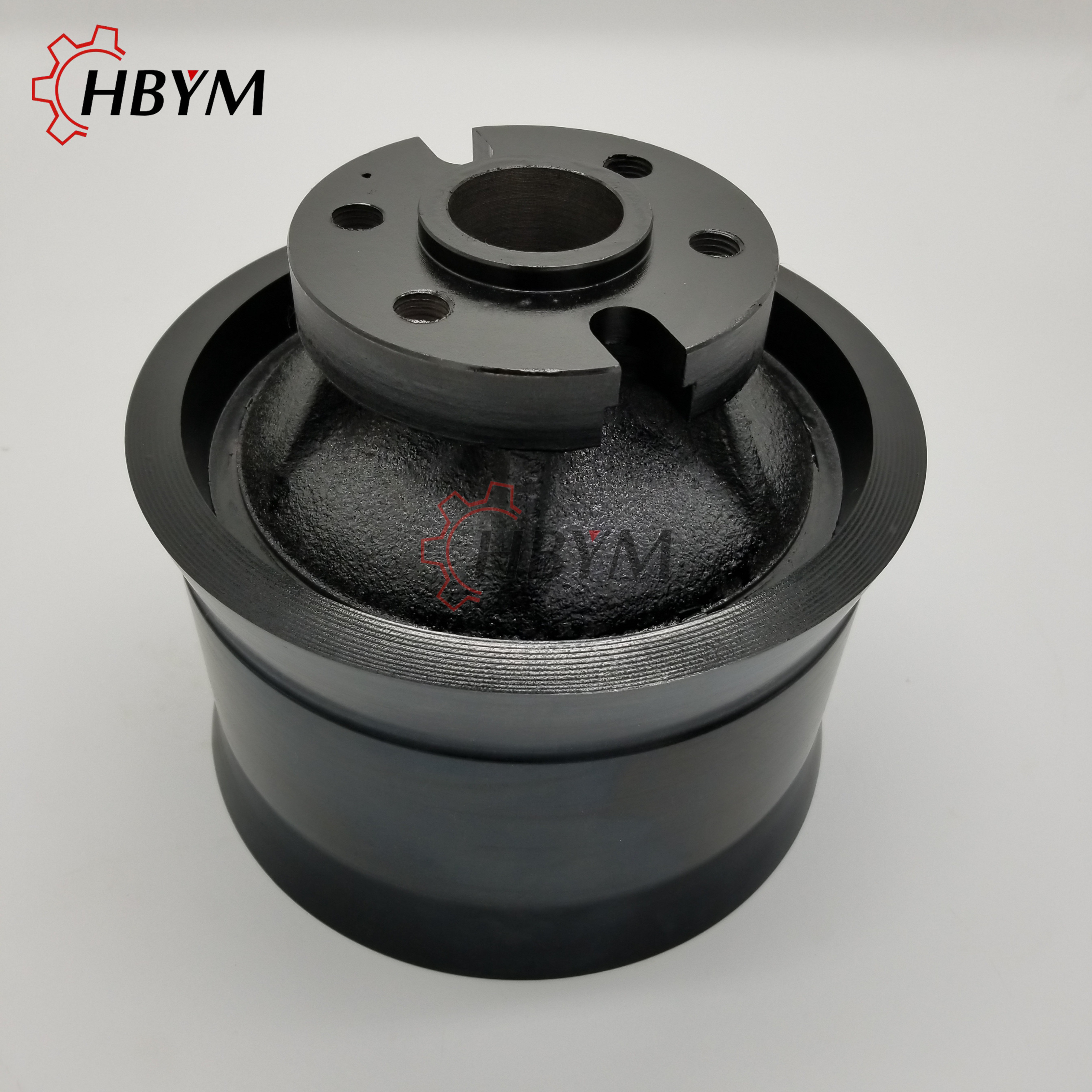
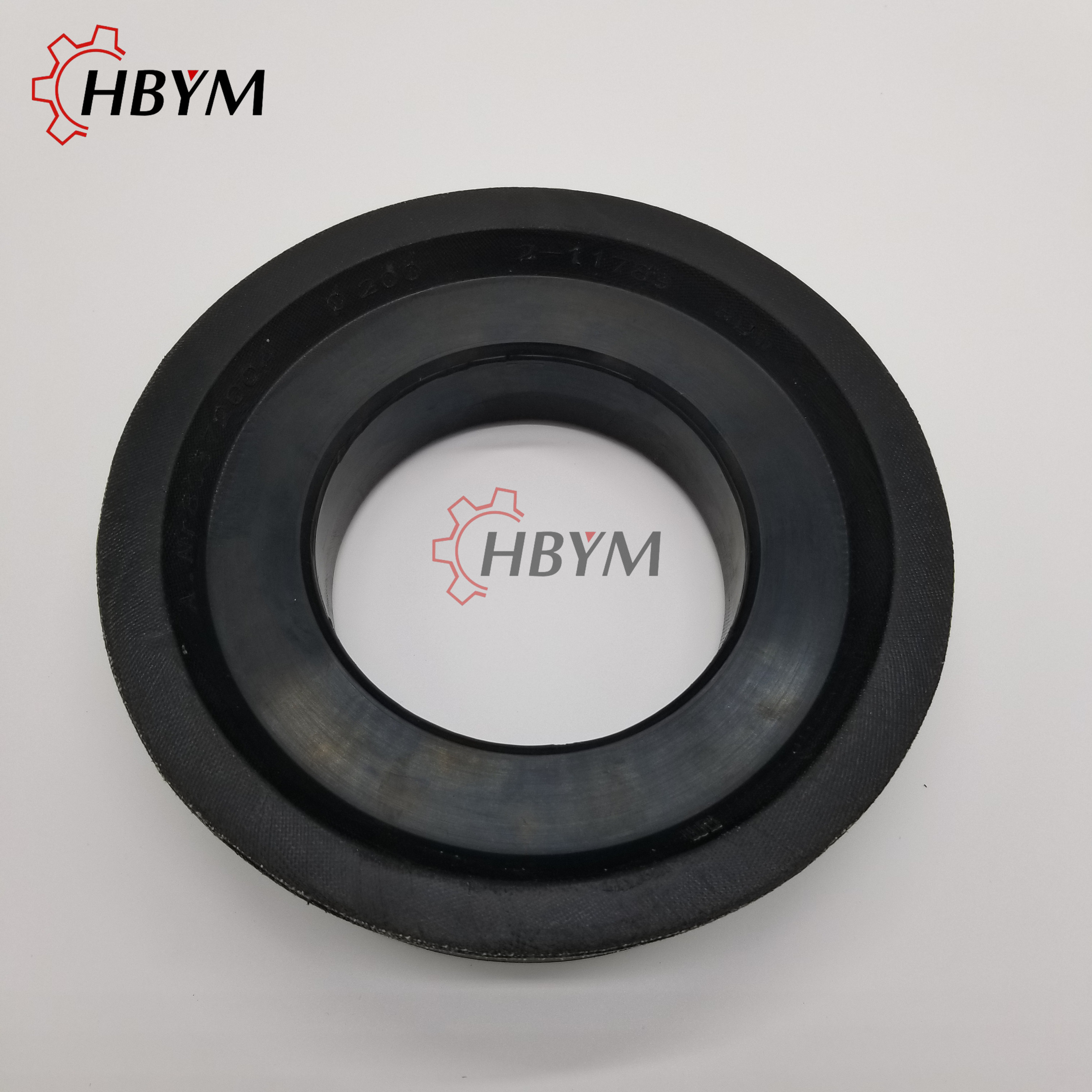

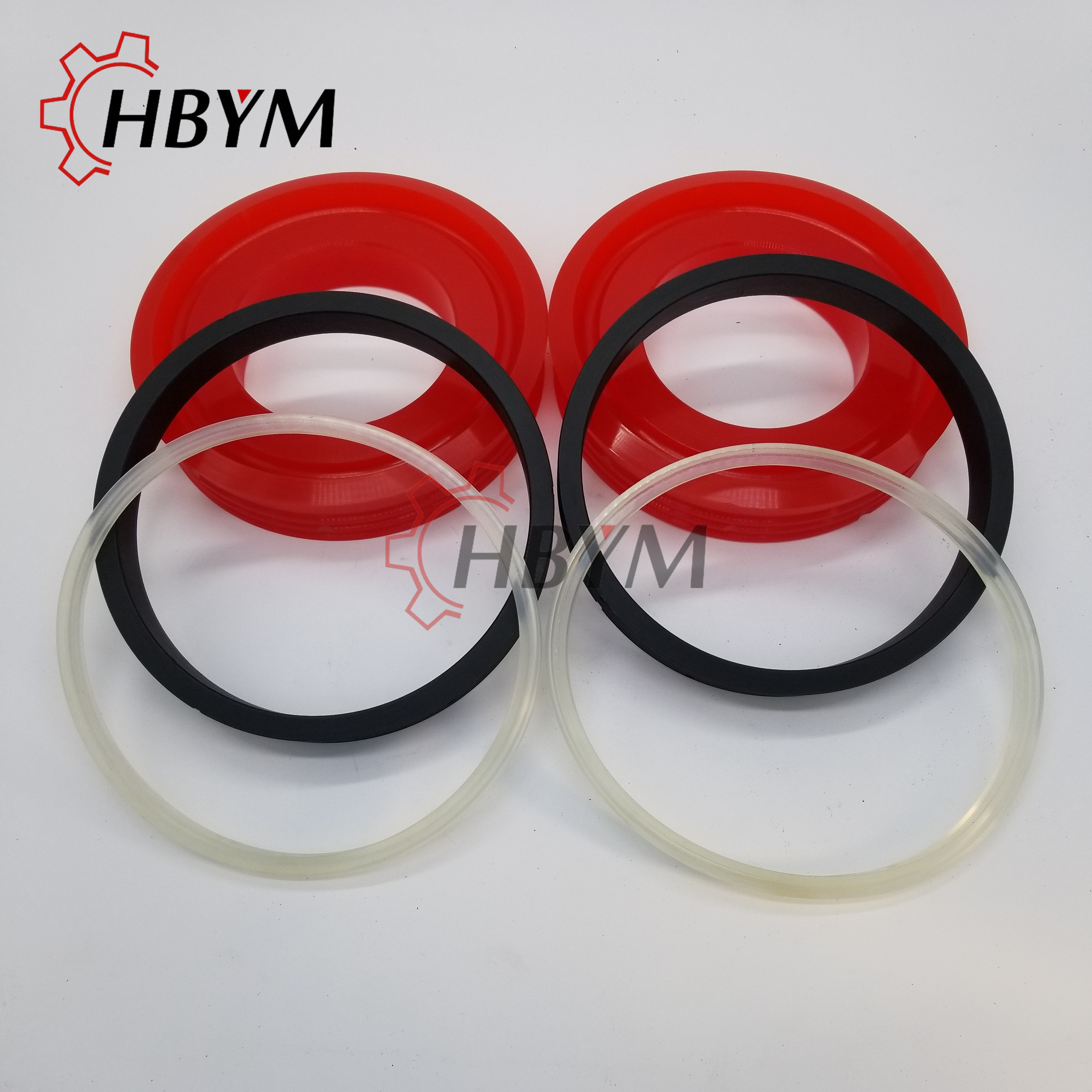
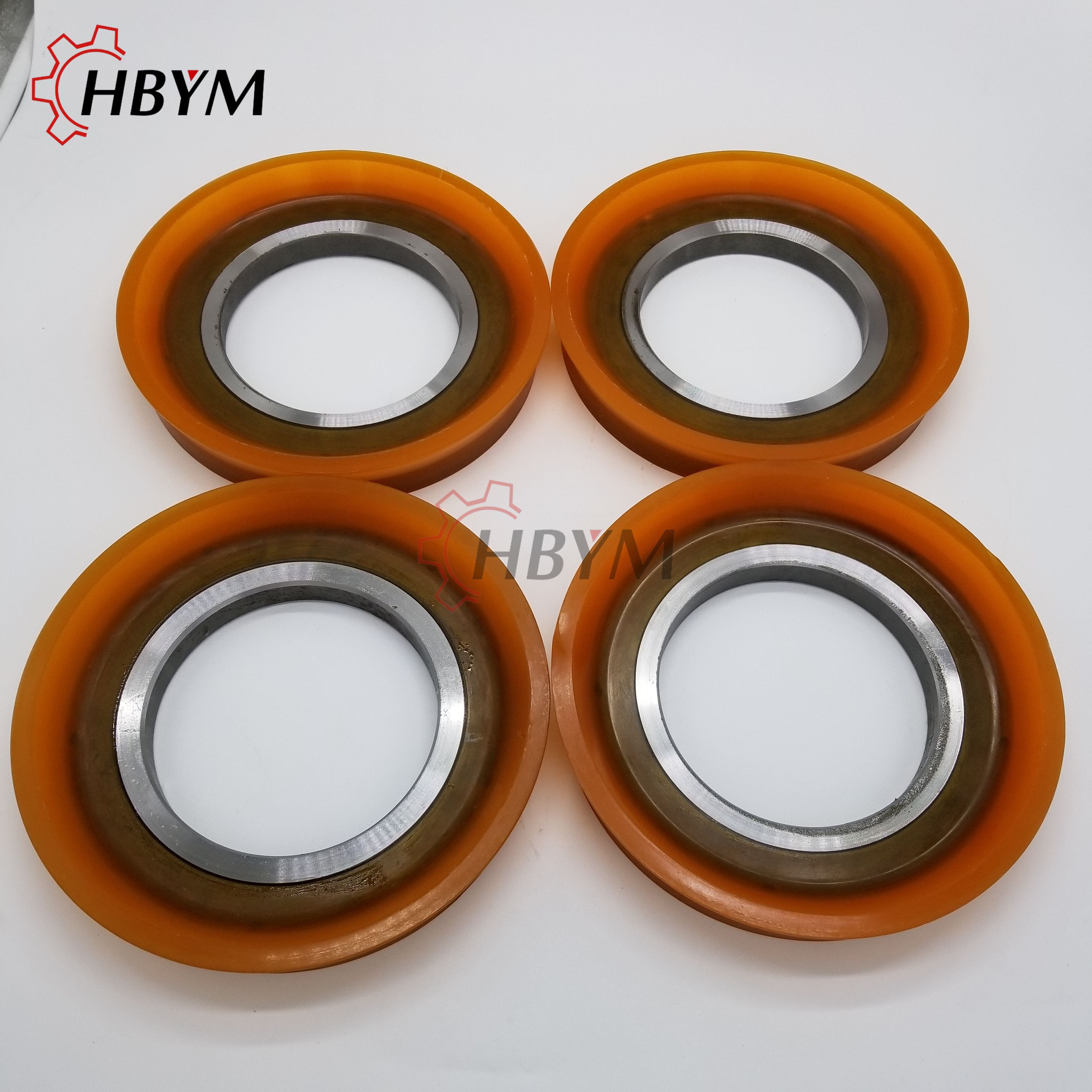
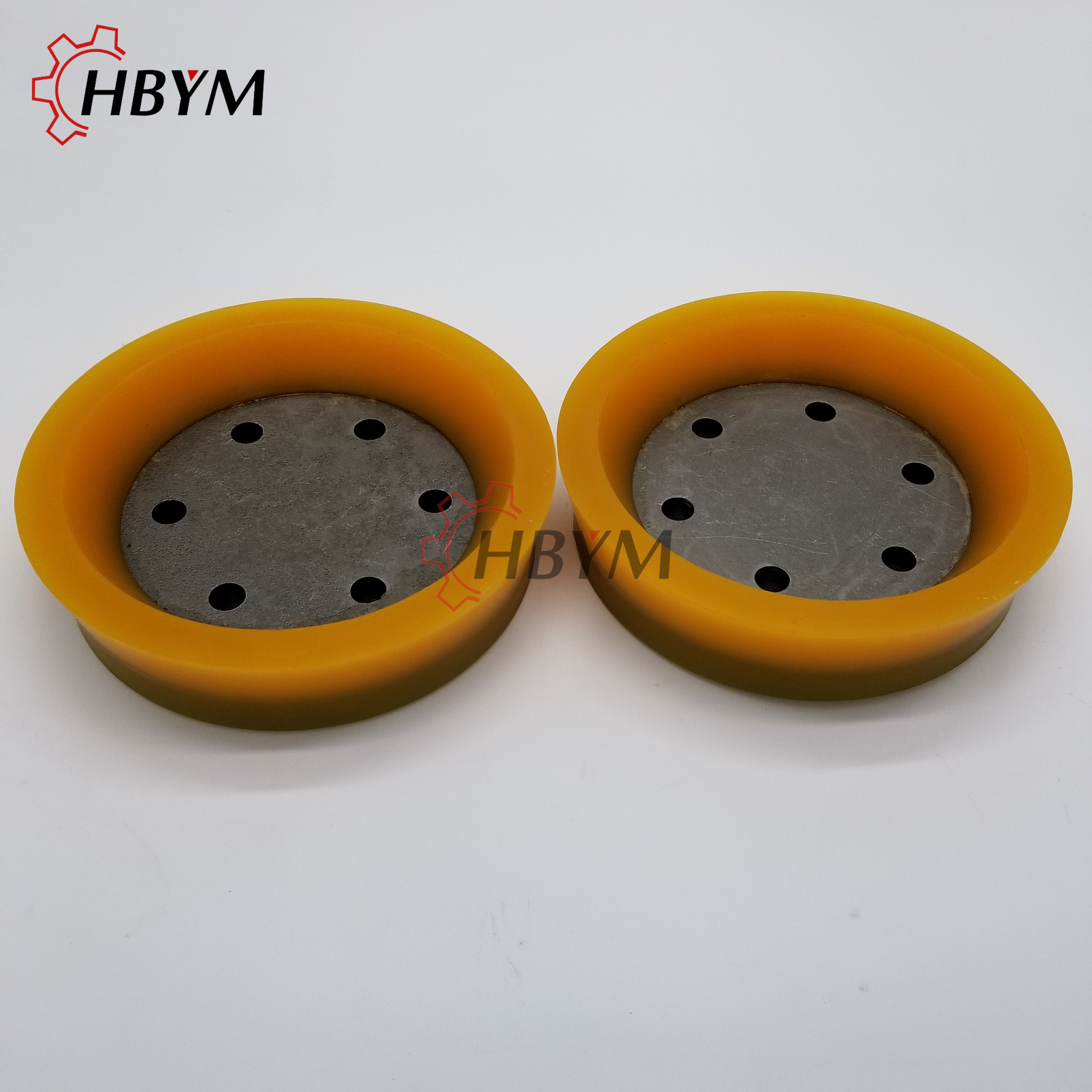
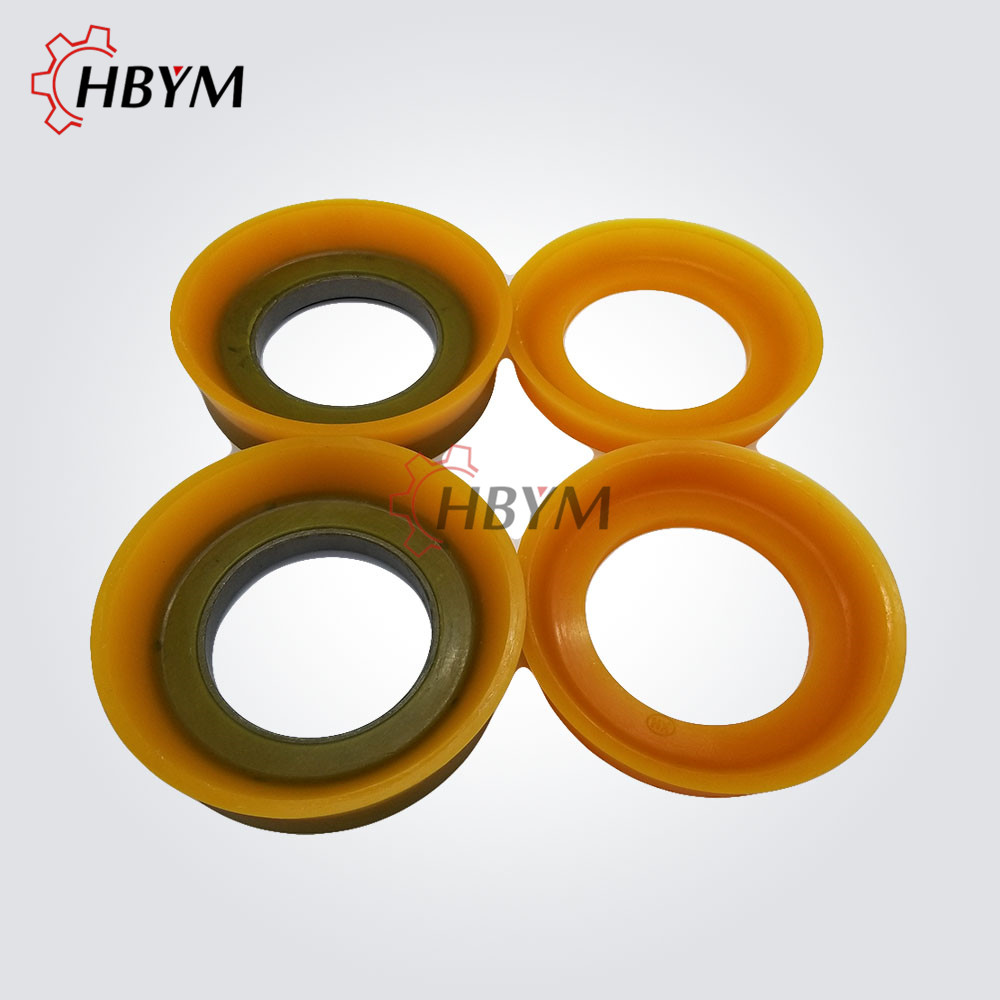
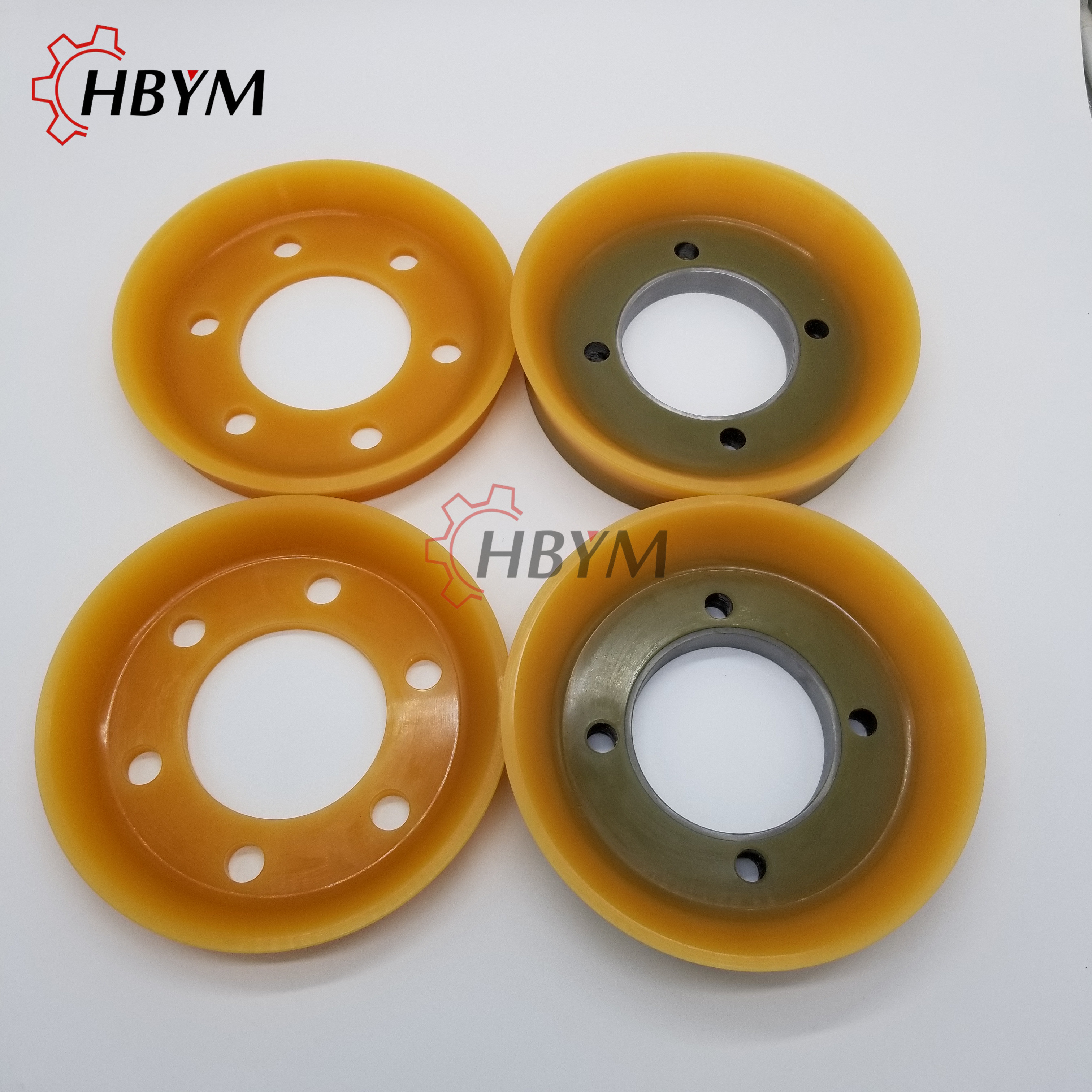
Delivery Piston,Schwing Delivery Piston,Pump Piston,Concrete Pump Delivery Piston
HBYM GROUP Co,.LTD , https://www.hbympumpparts.com
